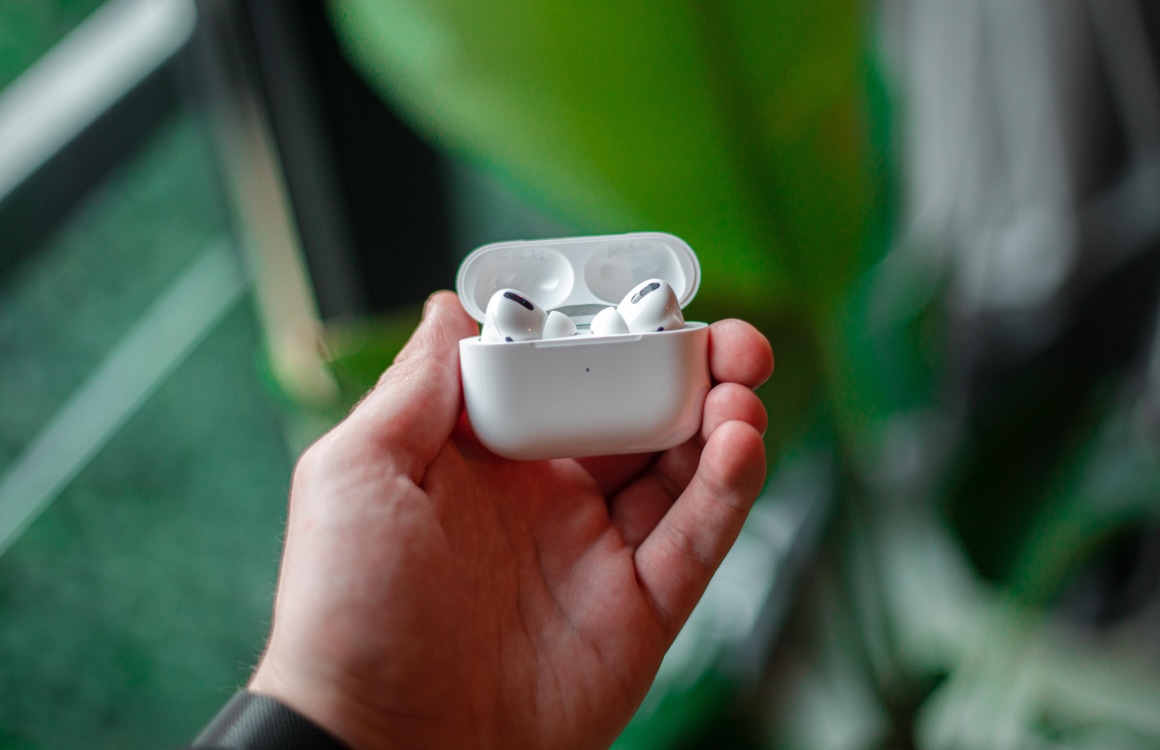Do you get a Google Security Notice email? This is what’s going on
From November 9, Google will automatically enable two-step verification on Google accounts that have not yet activated this second layer of security. android world explains what changes for you.
Contents
Your Google account gets extra protection
Google already announced the measure in May and this month it will happen, your Google account will get a second layer of security. The first layer of security is, of course, your password. You log in to your Google account with your email address or phone number and your password.
It has been possible for some time to provide extra protection for your Google account via two-step verification. For example, if you log in to your Google account on your new laptop, you will see a notification on your smartphone. It states that an attempt is being made to log in to your Google account. So Google actually wants to know if it’s you who logs in, and not someone on the other side of the world. By using a second step when logging in, your account is a lot better secured.
You will immediately see a notification on your phone and you can click on the green check mark with confidence if you tried to log in yourself. Do you see the notification on your phone, while you were not logging into your Google account? Then someone else tries to do that and that could be an attempt to hack your Google account. You will then be advised to secure your account via the Security Check.

Safer and better protected
Google claims that its two-step verification is more secure than a weak password used for different accounts. And that’s one of the many bad password habits that are still common today. This is why the personal information in online accounts is so valuable to hackers. Password theft is the most common way in which accounts are hacked.
For example, it is common for people to be tricked into sharing their password via deceptive messages or fake sites. These password stealing scams are common and sometimes even experts fall victim to them. Logging in with both a password and second step on your phone will help protect you from scams trying to get hold of passwords. Even if someone finds out your password online, he or she won’t have access to your phone.
Two-step verification, also known as two-step authentication or two-factor authentication (2FA), is therefore very important. Many services already offer this extra layer of protection, such as Twitter, Facebook, WhatsApp, Slack, Reddit, Microsoft, Fitbit and many others. Androidworld recommends that you also turn it on with these services. An overview of services with two-step verification and how to enable this per service can be found here.

Google turns on two-step verification for everyone
All people with a Google account who have not yet enabled two-step verification for their account have received an email from Google. It reads: “Sign in with 2-step verification soon. After entering your password, perform a 2nd step on your phone. Have your phone ready when you log in. 2-step verification will be turned on automatically on November 9. If you want, you can turn this on earlier. Your account is ready.”
Rest assured, this email is from Google and we already know that Google planned to automatically activate two-step verification for accounts that didn’t already have it. You can press the blue button in the email to immediately turn on two-step verification for your Google account. You can also wait until November 9, the day Google will turn this on for you.

Checking your Google account
So you now know that your Google account gets extra protection against suspicious login attempts. Would you like to take a look at your Google account? That certainly can’t hurt. We have collected some tips for you:
Have you lost your phone or has it been stolen? In such cases, there are also various steps you can take to find him or limit the damage suffered. You can find these steps in this article. Are strange things happening on your phone? Then there is a chance that malware apps are at work. Here we explain what you can do about it. Also check out the seven bad password habits you should change to protect your accounts.



